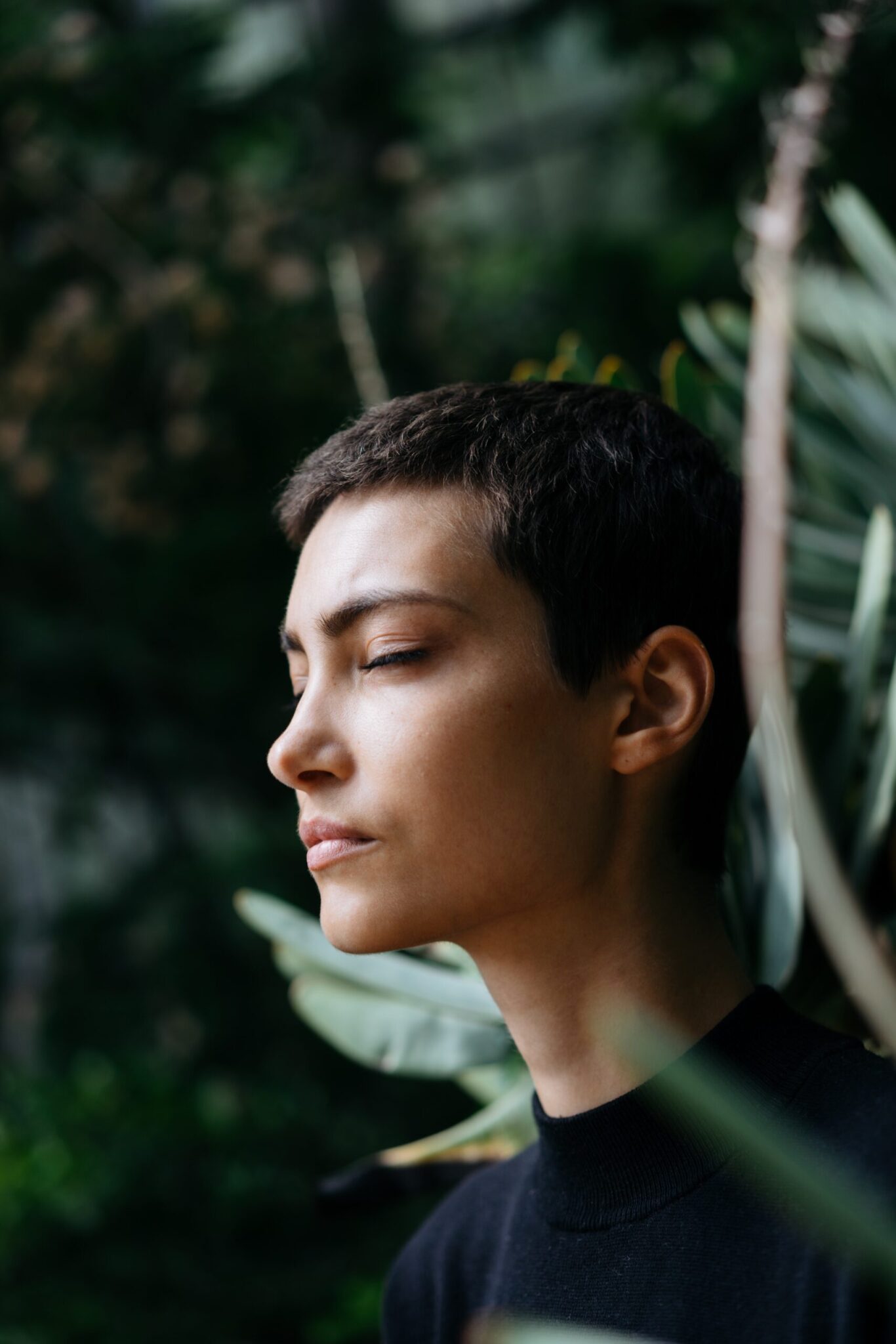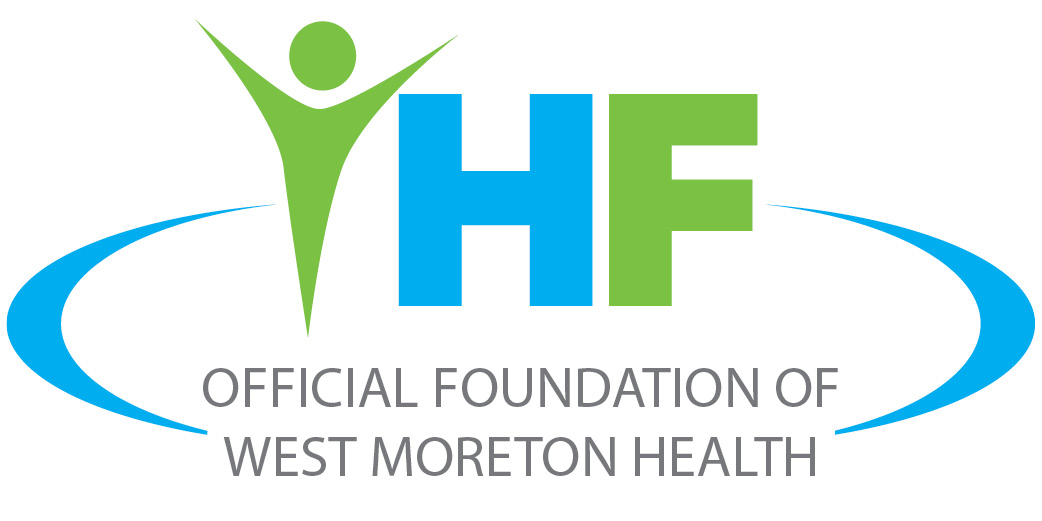
Let’s face it: you would be hard-pressed to find anyone who hasn’t been stressed out at one point or another during this pandemic. Whether it’s trying to get used to a new way of working or having to home school the kids, we all could use a break from this unique situation in which we find ourselves.
One of the things that helps many people relax when things are rough is meditation. Research suggests that meditation can reduce stress, help with depression and improve your mood and focus[1].
Unfortunately, a lot of people dismiss meditation outright thanks to a number of myths about it:
Meditation is difficult.
People commonly think of meditation as a religious endeavour undertaken by monks. There is a misconception that true meditation takes you to a transcendental place and takes many years to perfect.
In reality, meditation has nothing to do with spirituality or escapism. Rather, it is a tool that many people use to relax and focus on the task ahead. Which brings us to the next myth…
You can’t meditate without emptying your mind and sitting cross-legged.
Many people who try meditation give up quickly because they can’t empty their minds. They find the classic meditation position uncomfortable and soon find their minds wandering.
The most important thing about meditation is making yourself comfortable. Sit in your favourite chair. Lay down on the couch. Sit out in the garden. In short, do whatever works best for you.
And if you can’t stop thinking about the things you need to do, don’t fight it. Meditation can be used to help you relax, or it can be a great way to help prepare you for whatever you have to do thereafter. If your mind naturally wanders to something you need to do that day, there’s probably a good reason for it. So, roll with it!
There is only one type of meditation.
In actual fact, there are about a million different methods. Here’s mine:
Find a quiet place and settle into whatever position is most comfortable for you. Turning off the lights or playing some white noise sometimes helps. Once you are comfortable, close your eyes.
In your mind’s eye, imagine each part of your body one by one starting from the top of your head. Imagine that you are tightening the muscles in just that part of your body. Focus on that feeling and as soon as you feel ready to move on, imagine releasing those muscles.
Continue this process moving down from your scalp to your ears, cheeks, lips, neck, shoulders, and so forth until you finish with your toes. Don’t worry if you can’t get through your entire body in one session. When you are finished or feel ready to face the world again, take two slow, deep breaths. Open your eyes, and finish with a light stretch.
This is just one of many different meditation methods out there in the world. If this doesn’t work for you, try something else. Meditation is like finding a nice chair – you have to find what works for you.


